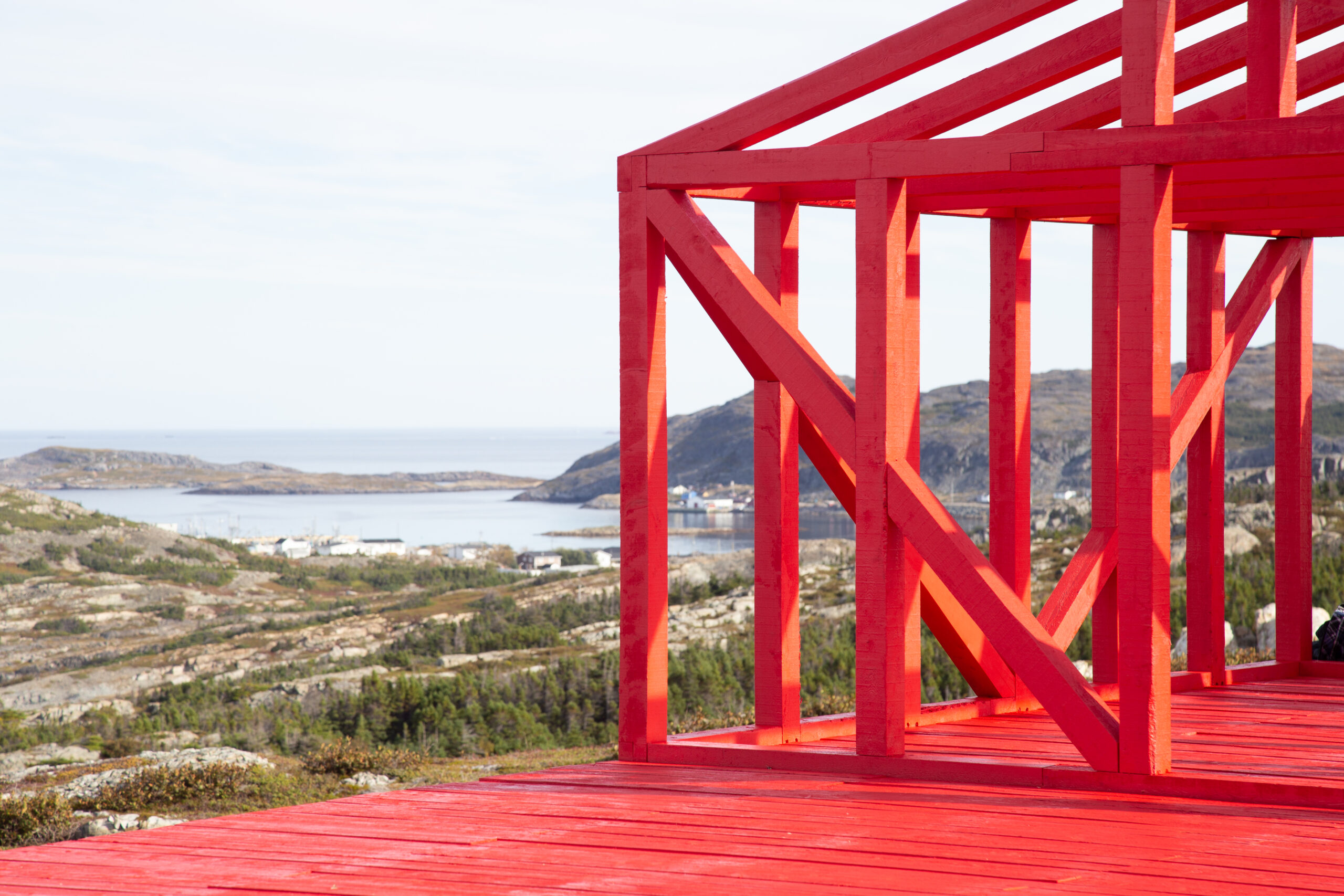Lost & Found Agency
WWII Weather Station “Kurt”: a talk by Susan Schuppli
Saturday February 11, 2023
11 AM EST/12.30 PM NL/ 4 PM UK
Fogo Island Art’s digital program Lost & Found Agency presented WWII Weather Station “Kurt”: a talk by Susan Schuppli. This presentation focused on “Kurt,” a WWII automatic weather station installed by the Germans on the Labrador coast in 1943 that was only officially discovered in the 1980s. Although early accounts by Inuit seal hunters had reported U-boat sightings in the bay during the war these were dismissed as mistaken observations. When the weather station was ‘rediscovered’ in later years, signage identifying it as property of the “Canadian Weather Service” thwarted its identification as a German installation, although no such organisation ever existed in Canada. The military origins of the Labrador Weather Station alongside proof that the Nazi’s had indeed landed in North America was eventually confirmed through a series of written correspondences between by a retired Siemens’s engineer (Franz Selinger) in Germany and a Dept. of Defence employee in Canada (Alec Douglas). In 1982 the weather station was airlifted out of Labrador by the Coast Guard and relocated to the permanent collection of the Canadian War Museum in Ottawa. Working through archival materials alongside a video interview conducted with Dr. Douglas, this presentation unfolds the unlikely story of the weather station through the backstory of an evolving friendship between two people who eventually solved the mystery that was “Kurt”.
Susan Schuppli is a researcher and artist based in the UK whose work examines material evidence from war and conflict to environmental disasters and climate change. Current work is focused on learning from ice and the politics of cold. Creative projects have been exhibited throughout Europe, Asia, Canada, and the US. She has published widely within the context of media and politics and is author of the book, Material Witness published by MIT Press in 2020. Schuppli is Director of the Centre for Research Architecture, Goldsmiths University of London where she is also an affiliate artist-researcher and Board Chair of Forensic Architecture.
We acknowledge the support of the Canada Council for the Arts



